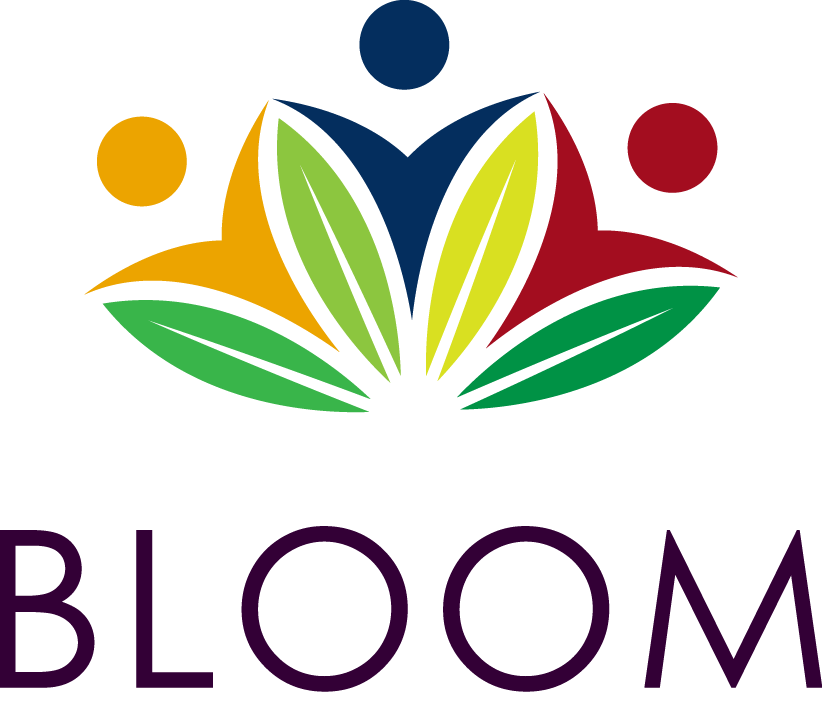5 Keys to Successful Strategic Planning
Strategic planning. It’s a familiar term, but what does it really mean? At Bloom, we often meet prospective clients who have a sense they want a new direction for their organization, and think a strategic plan might be the way to do that, but are unsure what a strategic planning process really involves or yields.
Before explaining what strategic planning is, I want to mention what it’s not – or, at least, what it shouldn’t be.
Strategic planning is not a series of professional facilitator-led meetings that feel good and end in…nothing actionable. Perhaps the group had some good teambuilding, but the real goal of the process wasn’t accomplished: No report, no plan, no tangible output. Similarly, strategic planning is not when an outside firm assesses the current situation, whips up a plan, and drops it on your desk: voilà! In this case, while there is a tangible product, the plan is handicapped by incomplete input, a lack of stakeholder buy-in, and no sense of hard-earned revelation that would support actual implementation. This is the kind of plan that becomes the proverbial high-priced “doorstop,” the binder on a shelf.
We recognize neither of these extremes works, so our approach is different: While we appreciate the need for efficiency and timeliness, we also know that thoughtfulness is essential to successful planning. We sweat the details because we understand that an effective strategic plan is a guide for action – and when you’re intent on acting, details matter. Bloom takes responsibility for balancing the inherent tension between the speed of the process and the quality of the output; our promise to clients is to design and steward both with compassion and expertise.
Here’s what Bloom means by strategic planning: process AND output that successfully promote an organization’s capacity for change. Our process includes decision-making, implementation, and accountability tools. The output is a document organized around a defined direction of action that moves the organization toward its vision for success.
"An effective strategic plan is a guide for action – and when you’re intent on acting, details matter."
Bloom’s strategic planning model starts by ensuring the right people are around the table – the people with the authority to make and carry out real change. We make certain all key stakeholders are on the same page about what’s going to happen next. Then we begin our collaborative five-step strategic planning process:
1. Research (intra-organizational and environmental). We must understand the status quo before we plan change. The initial research phase involves looking internally, with focus groups, interviews, surveys, and a state of the organization study highlighting current strengths, weaknesses, and stakeholder perspectives. This phase also involves scanning the surrounding landscape, including potential new markets, especially in situations where growth or expansion are on the table.
2. Alignment & Visioning. Whether the strategic plan focuses on growth, change, fixing problems, or all these, the leaders of an organization must agree about what they’re trying to accomplish – and why it’s important. This agreement should reflect the knowledge and expertise of the client’s planning team and be informed by the shared data and understanding generated during the research phase. Healthy organizations have leaders who understand it’s their job to set this vision, with appropriate input from organizational stakeholders. Bloom understands that leaders may be uncomfortable in this role. We work behind the scenes to support, coach, and empower those leaders, helping them confidently establish a vision for forward progress to guide the rest of the strategic planning process.
3. Detailed Planning. Now we get to the nuts and bolts of planning, the “what” and the “how”: Collaboratively, we set key initiatives, articulate data-informed SMART goals, develop tasks, create milestones, and decide who in the organization has responsibility for implementation. Detailed planning can be daunting, so we typically bring a lot of structure to this part of the process. Bloom helps establish small working teams comprised of content experts, frontline staff, and key leaders related to each strategic initiative. We guide the work of those teams with a clear methodology and supporting tools to facilitate conversations, steer groups toward decisions, and organize outputs into a single, unified document: the strategic plan.
4. Governance & Management. The implications of new action items on corporate governance and management should be addressed directly in the strategic plan. After all, at its most inspired, strategic planning sets staff members to work in new ways. While those new actions may not require changes in management or governance responsibilities, without deep understanding and awareness of the plans themselves, leadership won’t be able to effectively steward the organization in the years ahead. Plus, active review of and engagement in the plans that organizational staff and stakeholders developed build good will and foster organization-wide investment in a team mindset. Finally, when strategic plans create new budget demands, nonprofit boards will need to share responsibility for budget oversight and fundraising to meet goals.
5. Accountability. This means more than identifying who’s responsible for what. Real accountability requires thoughtful agreement on how to keep a strategic plan alive over the 3-5 years of implementation. It means thinking through risks and mitigation strategies while setting a realistic pace for execution. Following a successful strategic planning process, there’s usually a lot of enthusiasm to get going. Accountability includes channeling that enthusiasm into a timeline that ensures everything gets accomplished, and accomplished well.
Bloom takes these same five steps in every strategic planning process, customizing them for each client and every organization. Strategic planning is a challenging, often emotional process that tests the character and will of an organization and its leaders. When done right, it’s also a thrilling one that results in genuine, observable, and durable change.
"When done right, strategic planning is a thrilling process that results in genuine, observable, and durable change."


